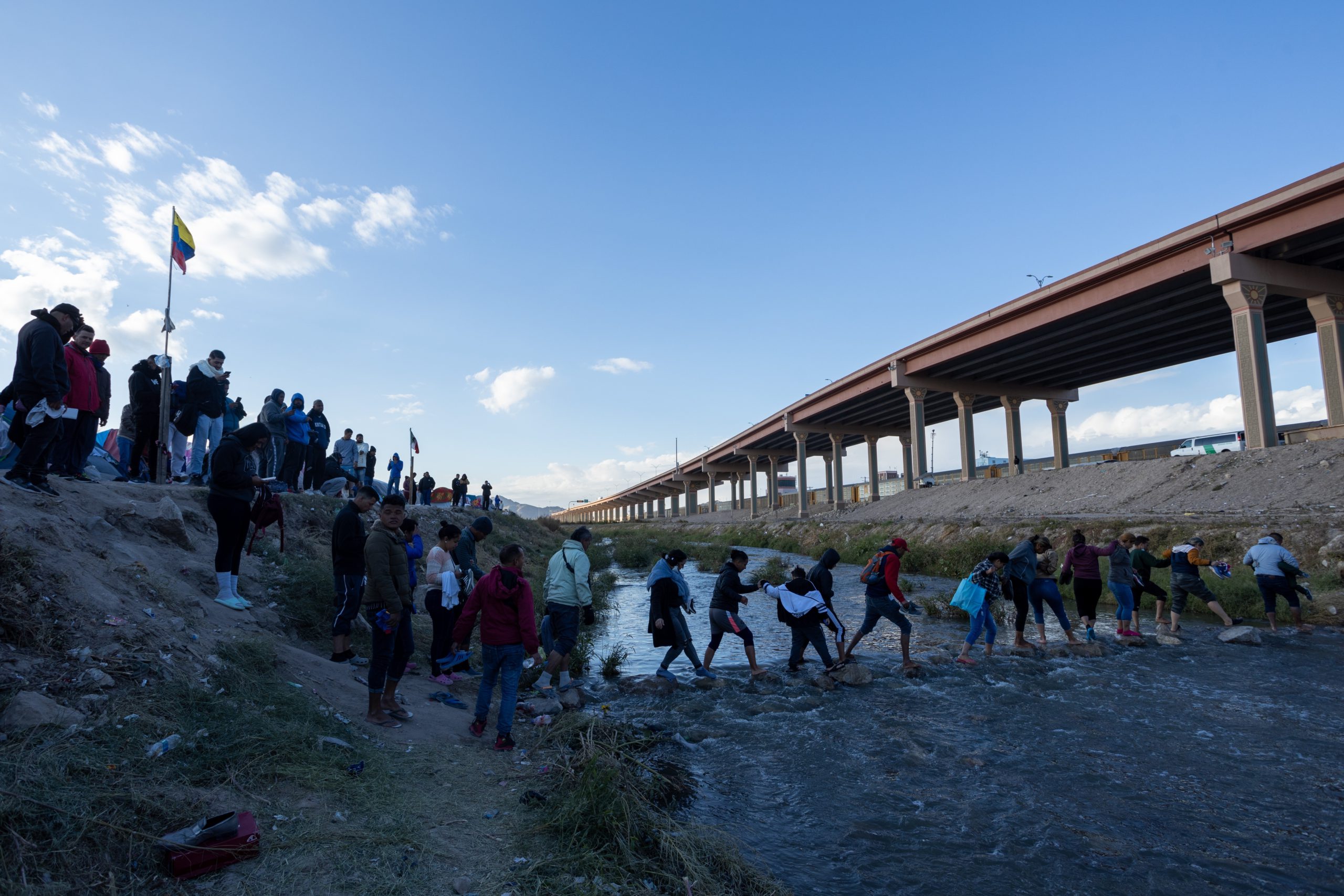What is the Asylum Transit Ban?
How Will it Impact Asylum Seekers?

The asylum transit ban went into effect with the end of Title 42 on May 11, 2023, at 11:59 PM. The asylum transit ban is a policy proposed by the Biden Administration that creates a “rebuttable presumption” that an asylum seeker is ineligible for asylum based on (1) how he/she/they entered the United States and (2) whether he/she/they applied for protection in a country through which they transited on their way to the United States.
Who Does the Asylum Transit Ban Apply to?
The asylum entry ban applies to asylum seekers who entered the United States through the U.S.-Mexico border or adjacent coastal border without documents for lawful entry between May 11, 2023 and May 11, 2025. The asylum seeker had to travel through a country other than their country of citizenship, nationality, or last habitual residence (for those who are stateless). The transit country must also be a party to the 1951 Convention or 1967 Protocol on the Status of Refugees, which includes Colombia, Panama, Costa Rica, Nicaragua, Honduras, Guatemala, Belize, Mexico.
Are There Any Exceptions to the Asylum Transit Ban?
The asylum entry ban does not apply to the following individuals:
- Unaccompanied minors;
- Mexican nationals;
- Foreign nationals who were provided appropriate authorization from the Department of Homeland Security to travel to the U.S. to seek parole as well as their family members;
- Foreign nationals who used the CBP One Smart Phone App and presented themselves at a Port of Entry on their scheduled date and time;
- Individuals who can show that it was not possible to access or use the CBP One Smart Phone App; and
- Foreign nationals who sought and received a final decision on the merits denying their asylum or other protection in a country through which they traveled.
How to Overcome the Rebuttable Presumption?
The asylum seeker can overcome the rebuttable presumption of ineligibility for asylum if he/she/they can show that “exceptionally compelling circumstances exist.” An “exceptionally compelling circumstance can include the following:
- The asylum seeker or a family they were traveling with faced a serious medical emergency;
- The asylum seeker or a family they were traveling with faced an imminent and extreme threat to their life or safety; or
- The asylum seeker or a family they were traveling with meets the definition of “victim of a severe form of trafficking in person”.
Do You Have Questions About the Asylum Transit Ban or Need Legal Help Applying for Asylum?
The Cohen, Tucker & Ades team has over 40 years of experience helping individuals seek asylum in the United States. If you need help applying for asylum, contact us.
Sources:
Fact Sheet: Circumvention of Lawful Pathways Final Rule | DHS
1951 Convention or 1967 Protocol on the Status of Refugees|United Nations
Not sure which option is right for you? Request a confidential consultation today.

